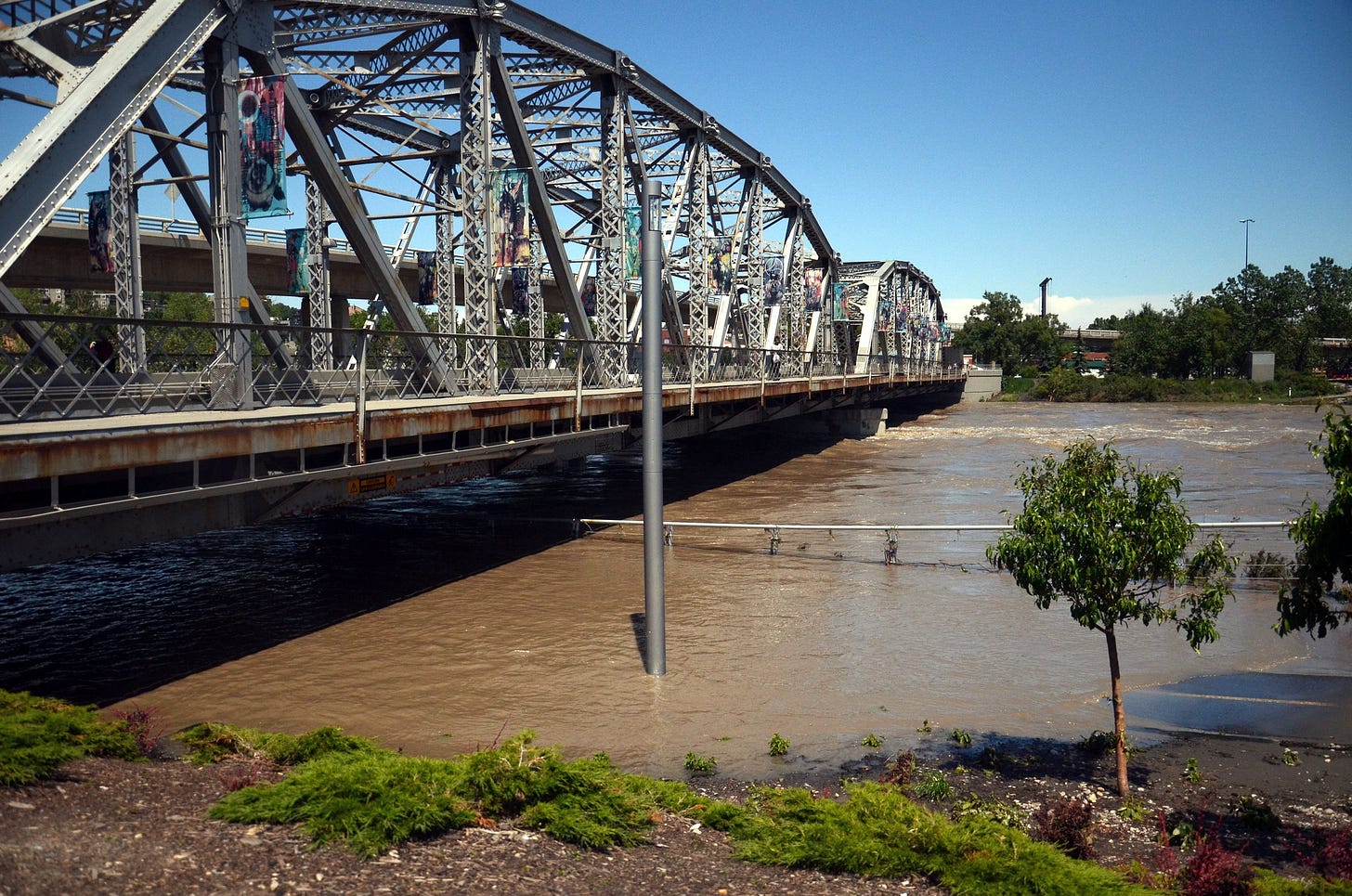As climate change batters bridges, engineers respond
There are some surprising and clever ways to make bridges more resilient

Climate change breaks things. Even the reinforced concrete of a highway bridge. With more carbon dioxide in the atmosphere, the steel reinforcements in that concrete become carbonated more quickly, which in turn accelerates corrosion. Corroded reinforcements can, ultimately, cause that bridge to collapse.
One 2011 study estimated that rising carbon dioxide levels could increase the risk of carbonation-induced damage to concrete bridges in some parts of Australia by as much as 400% by the year 2100.
And another, major study published in 2019 suggested that one in four bridges in the US were at risk of failure by 2030 because of the additional stress that rising temperatures could place on expansion joints. These joints allow movement of bridge components, so that the bridge can accommodate changes in load or varying weather conditions, for example.
Around the world, bridge engineers are thinking about these problems – and how to respond.
Keep reading with a 7-day free trial
Subscribe to The Reengineer to keep reading this post and get 7 days of free access to the full post archives.


